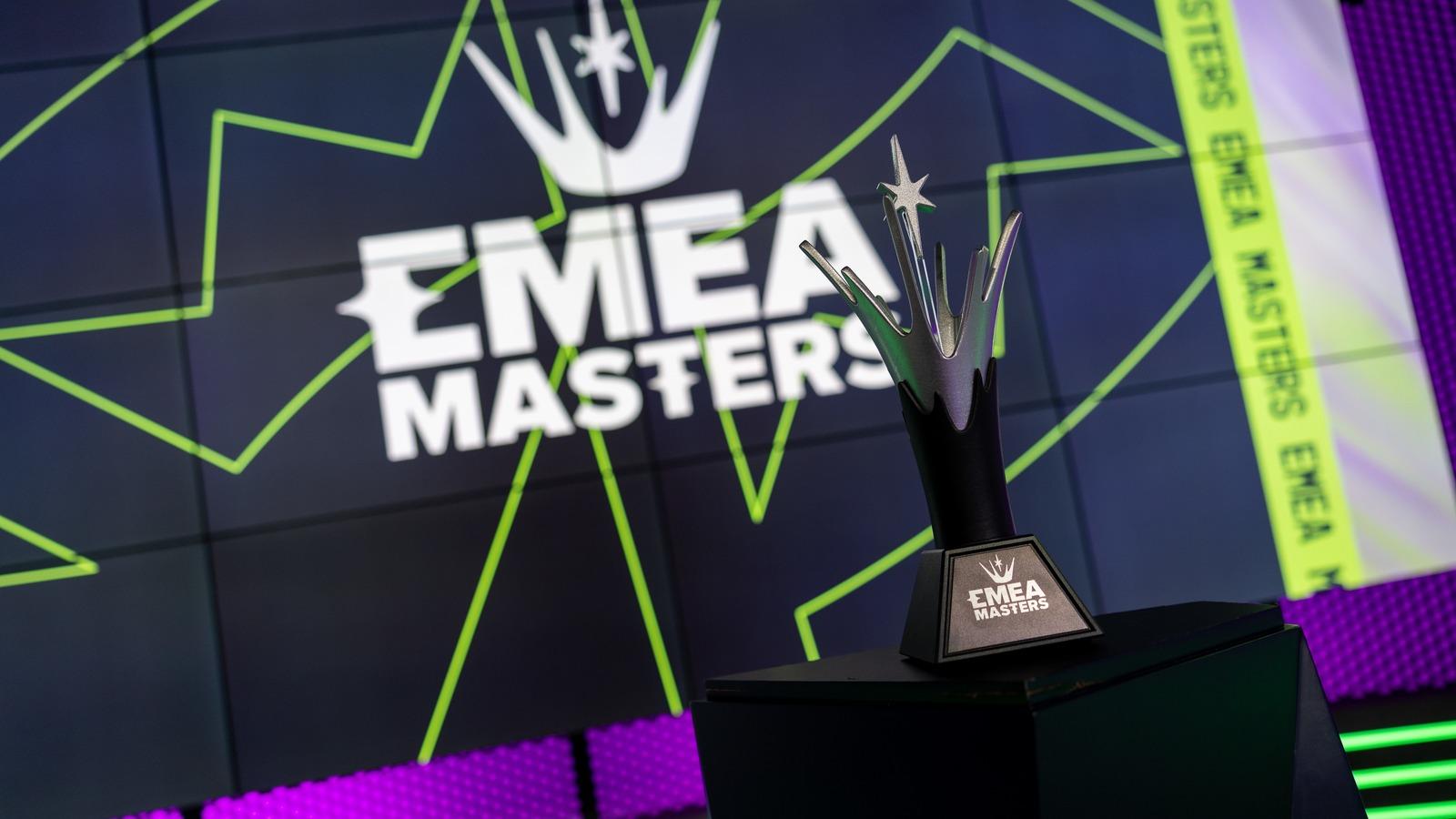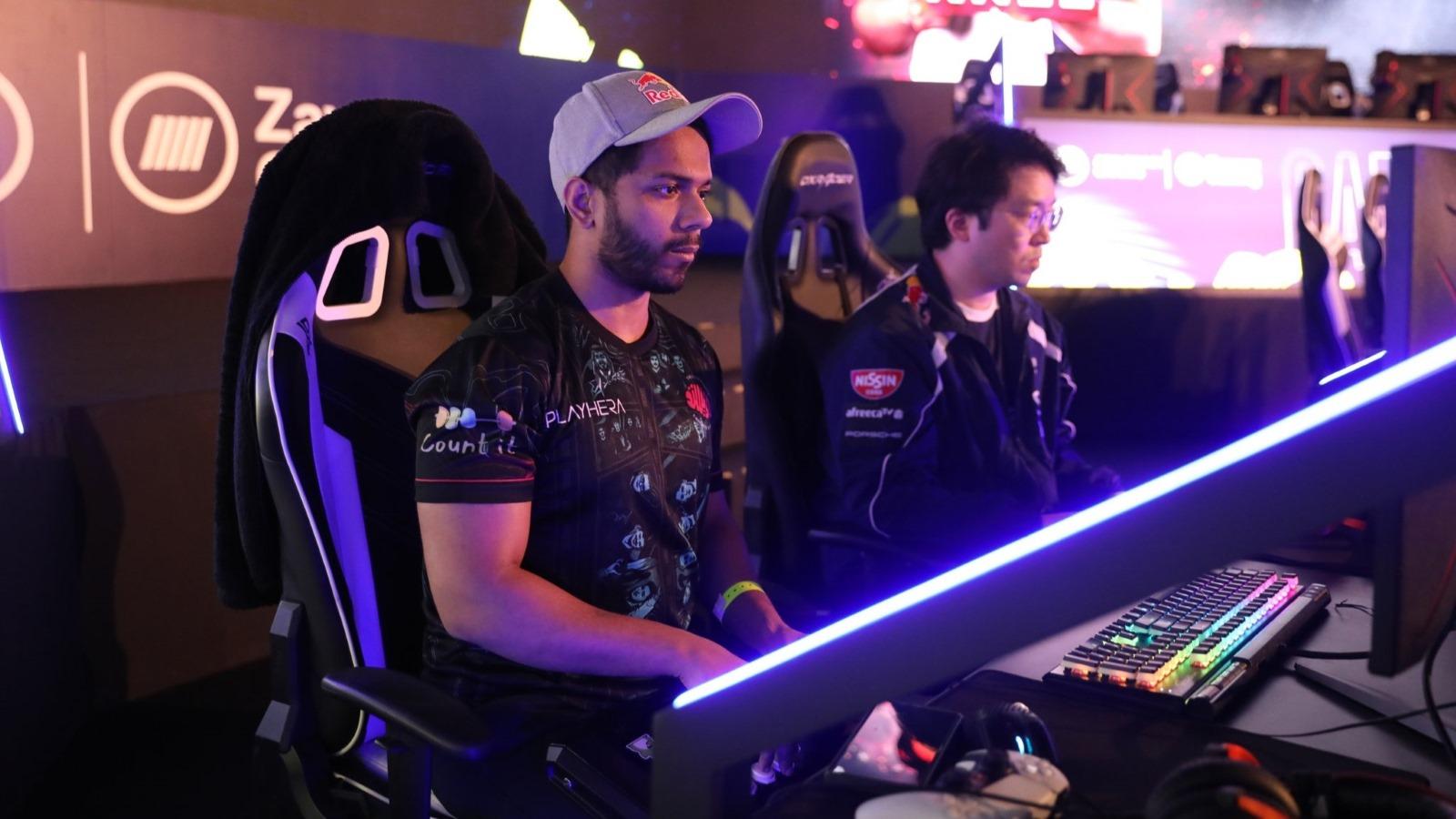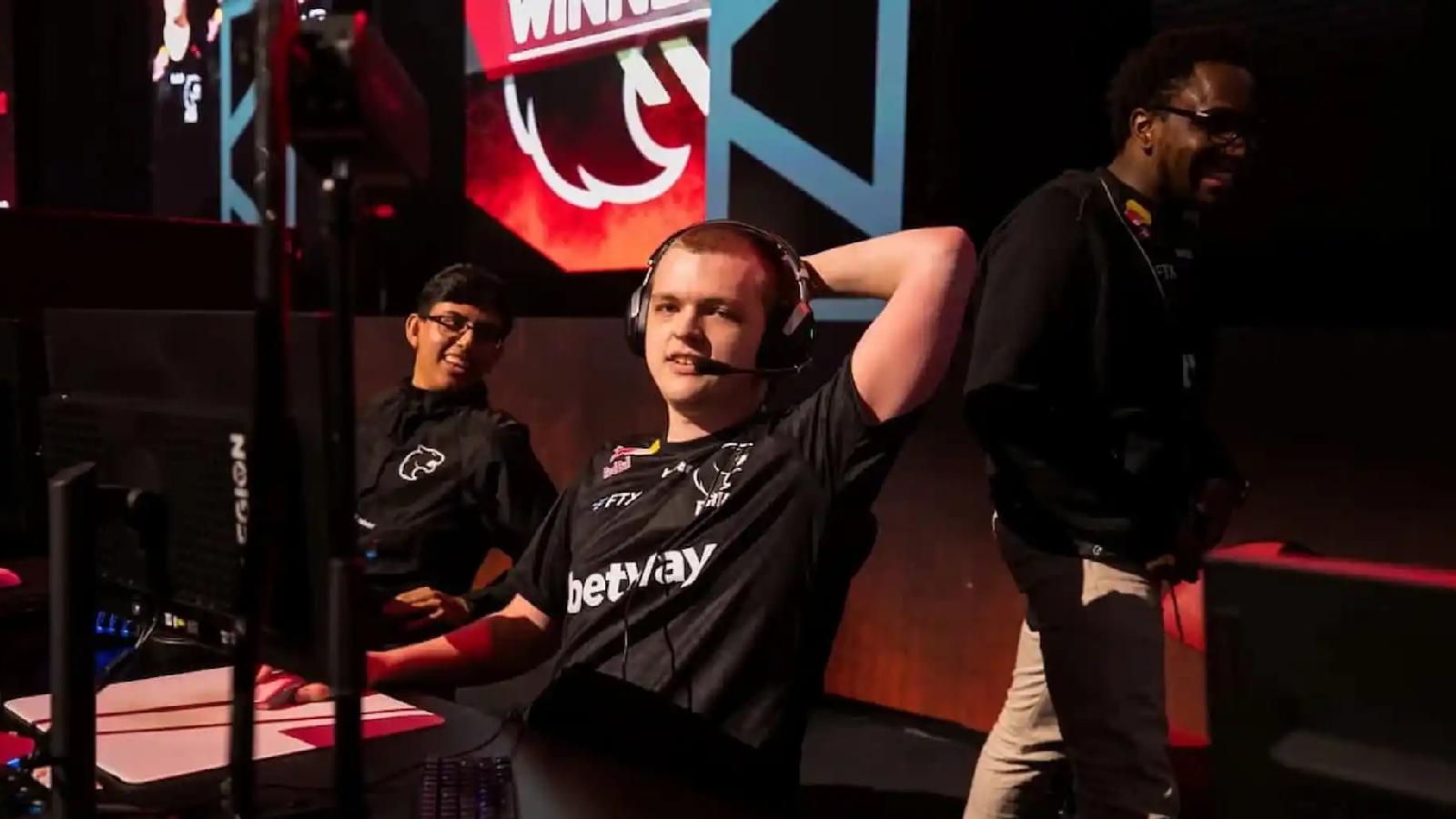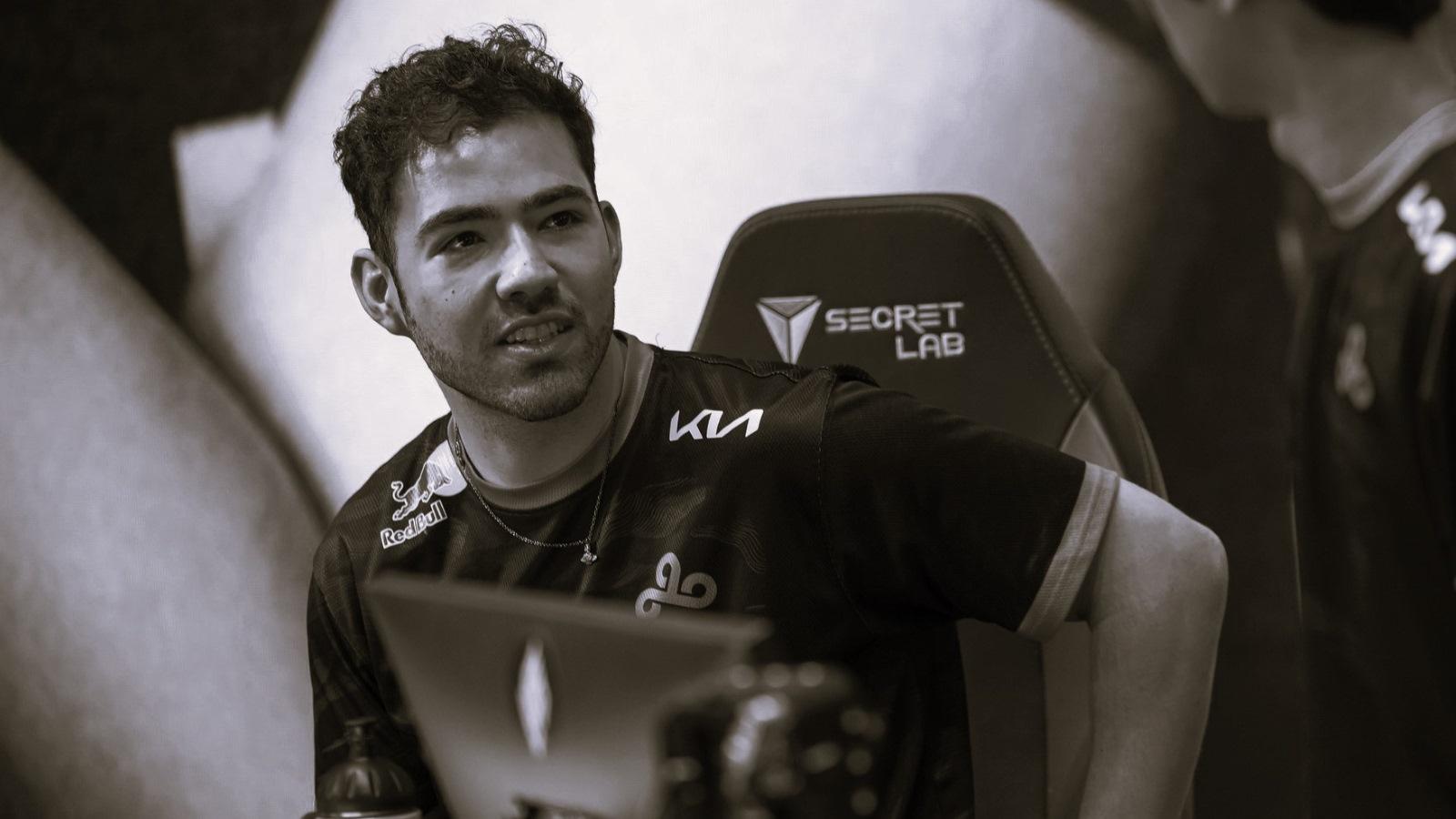Why do esports organizations keep rebranding? Experts weigh in
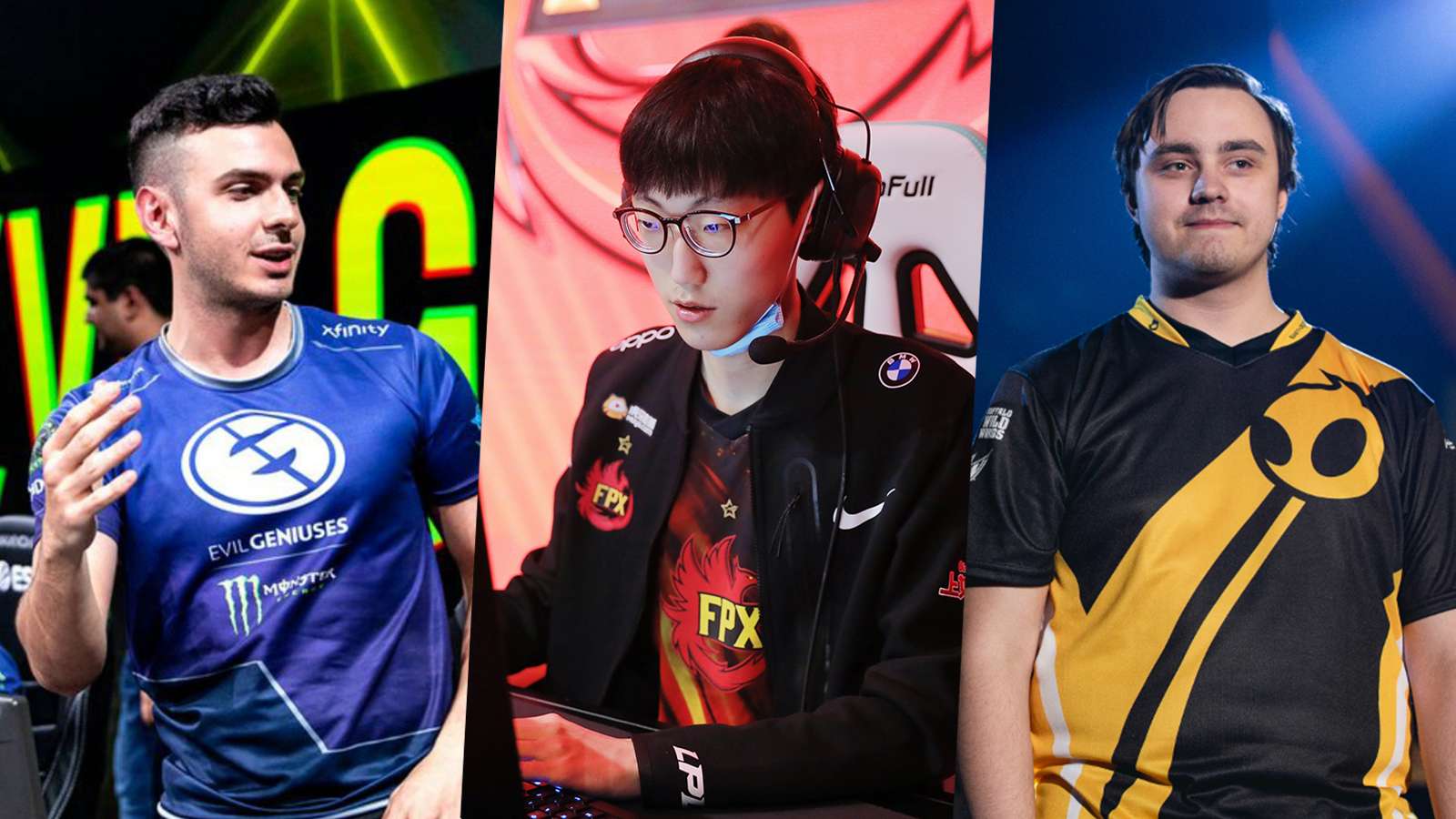 ESL/FPX/Psyonix
ESL/FPX/PsyonixA trend that’s emerged over the past couple of years in esports is organizations rebranding, but why do they deem it necessary to change a visual identity they’ve had in place for years? It’s considered counter-intuitive to some, but there are some merits to a brand refresh.
When it comes to selling your company and its services or products, branding is a crucial decision. It communicates your company and its offering to the audience you’re looking to tap into, hopefully providing a connection point and keeping it top of mind when prospective consumers are scouring the market.
In an industry that’s predicated on competition, there’s additional nuance. There’s a need in esports and sports alike to create an identity that fans can root for; a brand that’s relatable or aspirational that helps to foster long-term supporters.
In 2020 alone, over a dozen prominent entities in the esports industry opted to ditch their logo (and in some cases, their company’s entire identity) in place of something fresh. There are plenty of reasons these decisions were made.
Why do esports organizations keep rebranding?
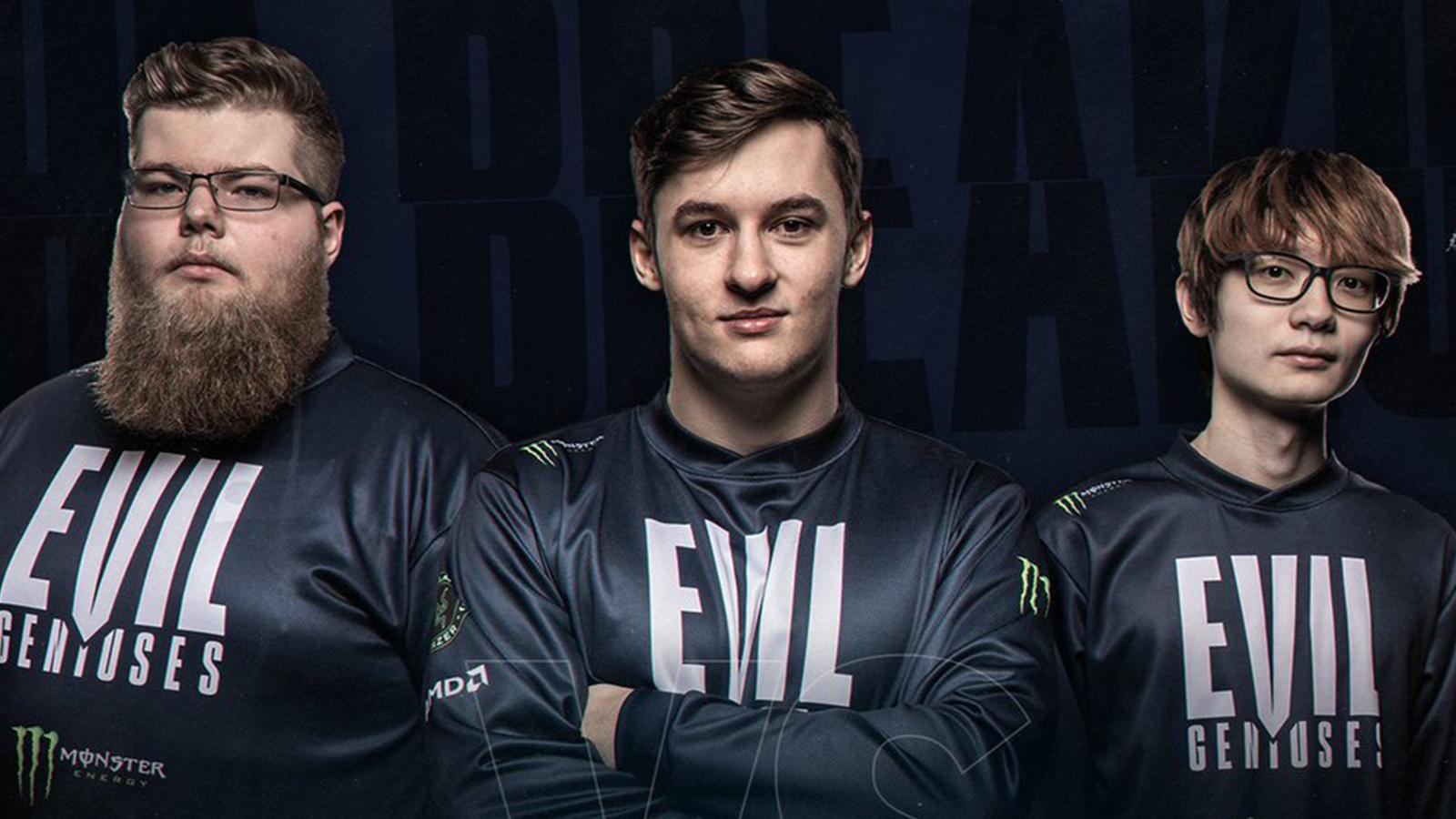 Evil Geniuses
Evil GeniusesThe conception of esports happened at different times, depending on who you ask, but it’s very clear that entities housing competitive players really started to emerge in the early 2000s. At this time, though, these teams were made up of friends who enjoyed playing alongside each other — it was remarkably rare for a tournament to have the life-changing financial incentives that are commonplace today.
These teams weren’t established as multi-million dollar companies or media giants, and thus time and resources weren’t funneled into branding. These organizations, which were actually just gaming clans, were simply a product of the times. As the industry has professionalized and become more economically lucrative, the functions and demands of such brands have changed.
The likes of Evil Geniuses, Fnatic, and Ninjas in Pyjamas have been around for years and, as such, they’ve had to develop in every area as the industry too developed. No wonder companies that were once present-minded inventions have had to change their branding, they needed to adapt to the new environment surrounding them as they blossomed into professional operations.
“With the esports scene moving at lightning pace, it’s not uncommon for brands to rapidly outgrow their original branding,” designer Owen M. Roe told Dexerto. “If you’re founding a team with limited resources at your disposal, you’re not going to be able to afford world-class designers.
“Eventually, there will come a point where a bad logo will begin to hurt your bottom line, whether it’s with brand recognition, merchandising, or because it just plain old looks dated. Fans strongly identify with logos, so it’s important to give them something to be proud of — but that’s also what makes esports rebrands so hit or miss.”
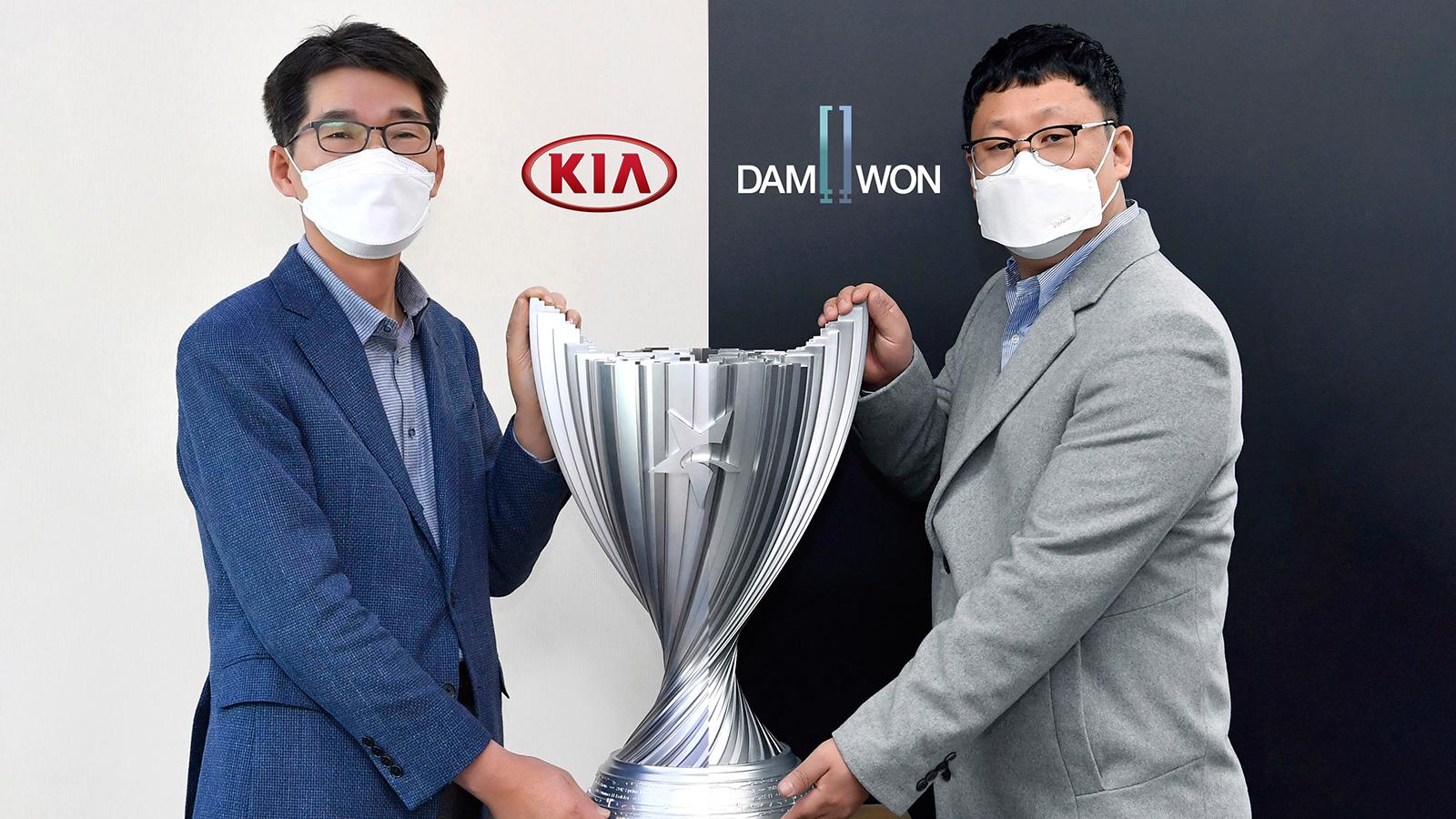 DWG KIA
DWG KIA“Tenets of great design are timeless, but the market is so dynamic that sometimes rebrands are necessary — for example, if an organization switched regions and the old branding no longer effectively represents them,” Theorycraft founder and creative strategist Lauren Gaba Flanagan told Dexerto. “Also, if brand architecture wasn’t built correctly at launch, a rebrand is a good opportunity to correct and refresh that.
That said, observing shifts in design trends is the wrong reason to rebrand.
Organizations have to consider what their brand communicates to consumers, and also how well it serves its purpose across the board. These days, branding has to be well-suited to digital channels, on merchandise and branded accessories, in broadcast graphics, and supporting assets across their entire operation.
Creating a timeless brand
Esports is a digital-first industry that’s evolving at a rapid pace, so it’s impossible to ensure that a brand is able to stand the test of time in every application. It’s more sensible to try and represent what your company is right now and where you envisage it being in the short-to-medium-term.
- Read More: 11 worst esports rebrands
Should we, as an industry, simply expect constant iterations of recognizable brands organizations attempt to communicate their ethos while staying in line with current design trends and norms? Despite not knowing how things will develop in the future, Roe believes that companies should still be aspirational.
“The goal should always be to make timeless logo designs,” he said. “Frequent & unnecessary rebrands are probably indicative of a larger problem within the organization. We see brands like Evil Geniuses and Dignitas throw away their iconic logos in favor of a hollow corporate rebrand, only to return to form with an updated iteration of their original branding.
“There’s a reason they made the decision to go back to their original logos, that’s what the fans identify with, there’s history there. Esports rebrands should aim to build on & improve what has already been established.”
It’s not uncommon to see new owners come in and change the logo (and overall direction) of an organization, as Roe stated. HBSE with Dignitas and PEAK6 with Evil Geniuses are perfect examples, only realizing that changes they felt were necessary would alienate their fan bases when the damage had been done. In these cases, they reverted back to the original designs, but attempted to modernize them.
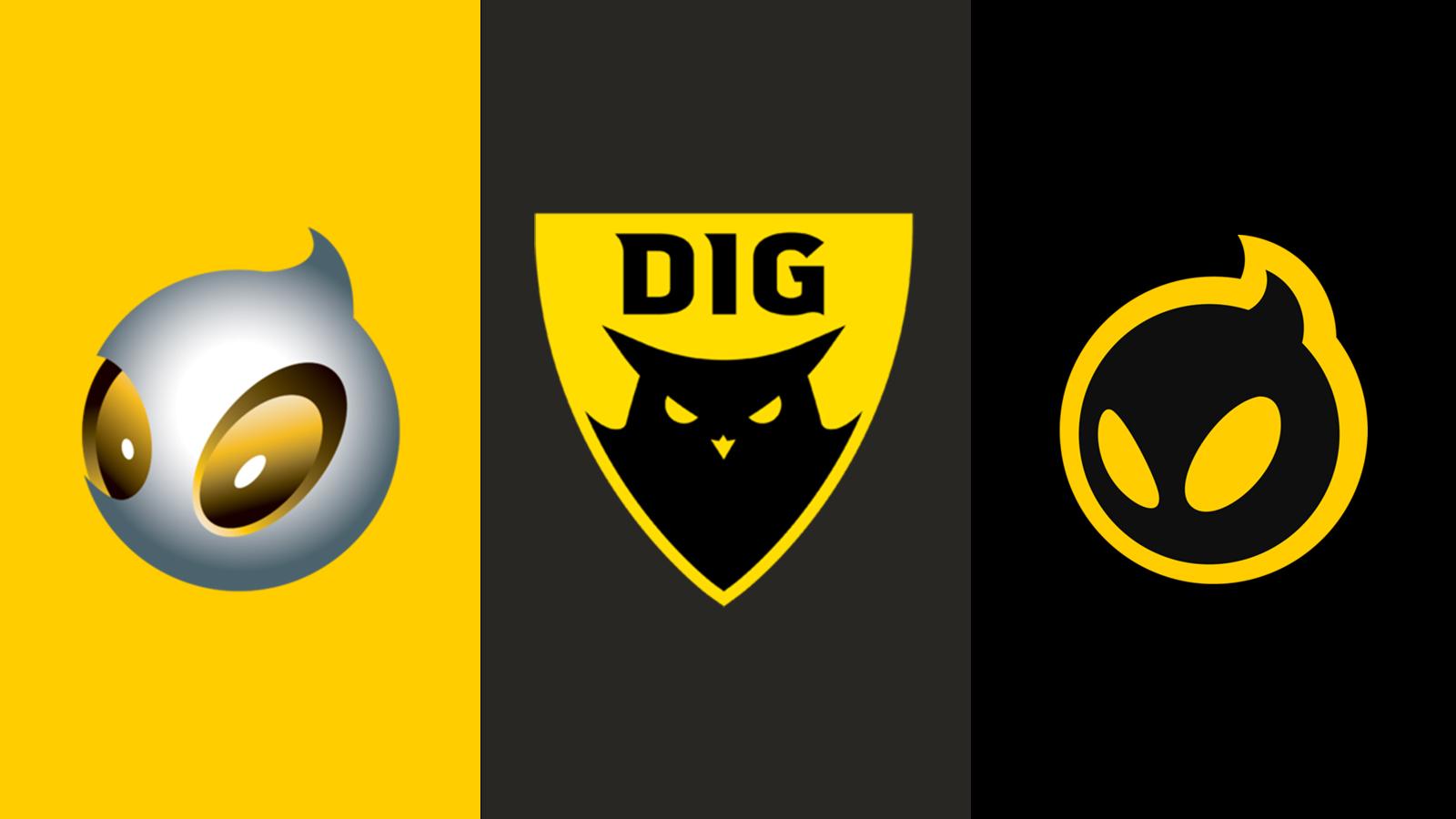 Dignitas
Dignitas“I hope we don’t see organizations with beloved branding pushed to rebrand simply because they feel pressure to modernize,” Flanagan added. “From the practical (what do I do with all my old merchandise?) to the emotional (I have fond memories of the old logo), any organization planning to rebrand has to do the work of appropriately retraining and reconditioning people on identification and association. A lot goes into that, so rebranding is a card you can pull maybe once. If the same org is rebranding multiple times, that’s a bigger problem.
“Brands can’t be futureproofed unless they’re composed of solid fundamentals, so organizations need to invest in great brand identities upfront — but that investment also must be ongoing. You need great designers who will continually think of ways to creatively apply the identity — through apparel design, photography, social, motion graphics — because that’s what can really keep decades-old branding feeling fresh and inventive. Org branding should be consistent and distinct while remaining flexible enough to incorporate changing rosters, games, and trends.”
The jury is out on whether the recent rebrands in esports will stand the test of time — though there are some that have been disappointing, to say the least — but it’s clear that this trend has emerged for the right reasons. Organizations want to optimize their potential for growth and success, and saying branding is part of that formula would be an understatement.
